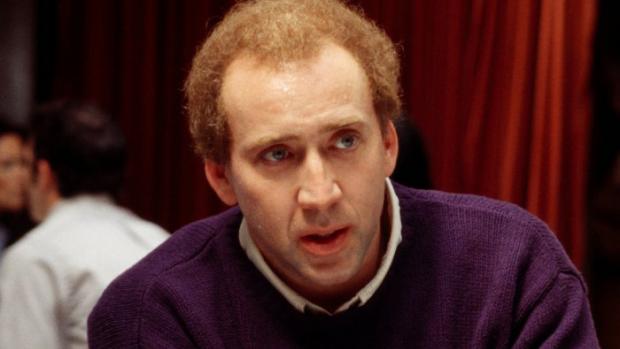
The inspiration for a film can stem from various places, including other films, art, poems, a creator’s own imagination, and books. More often than not, a film does not resemble the book’s original ideas, and instead, the director or writer builds upon or ruins the source material.
However, whether a film is loyal to its source material isn’t my primary consideration here; it’s what they do with it. This list details 10 films taken from uniquely odd, interesting or quirky literature, including comic books and graphic novels.
Although 10 doesn’t begin to cover the thousands of book-to-film adaptations, uniquely brilliant as they are. Rather, these 10 stand out as some of the best and most original. Whether they explore something deeply moving, oddly surreal, darkly satirical, or are just generally strange, they come from a source of uniqueness and oddities.
Some other great works of note include “Filth”, “Confessions of a Dangerous Mind”, “Eyes Wide Shut”, “The Princess Bride” and “Alice in Wonderland” (1951).
10. Blade Runner (1982)
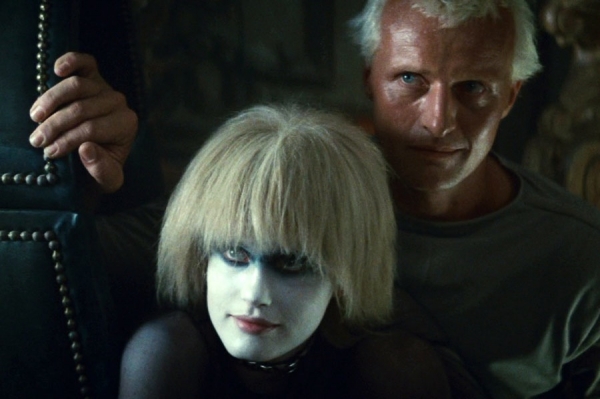
Following the overwhelming success of “Alien”, Ridley Scott kept to his newfound knack for sci-fi with an adaptation of Philip K. Dick’s “Do Androids Dream of Electric Sheep?”, which would then end up not only vastly different as far as narrative functions, but also in terms of its action, philosophy and characters.
Whilst being completely different from one another, the world is very much the same. Rick Deckard (in what may still be Harrison Ford’s best role) is sent to track down various ‘Replicants’ but inevitably falls in love with one. The question then arises as to what that actually means.
It’s fair to say that the book and film cannot be compared, as they are radically different in context and meaning. Dick’s original book reads more as a functioning exploration of philosophy and the human condition, whilst Scott’s adaptation acts as a surrealist action-drama sci-fi extravaganza, blurring the genre boundaries and expanding the potential for intelligent viewership found within the action genre.
It’s a strange film, but only when you think about it; upon first glance it plays out like a very normal sci-fi dystopia, but much like Herbert’s “Dune”, one can see the depths explored within it.
Also, one cannot forget what may go down as one of the most moving death soliloquies in the history of cinema; a line of dialogue that changed the very nature of what the film meant.
“All those moments will be lost in time, like tears…in… rain.”
9. Dick Tracy (1990)
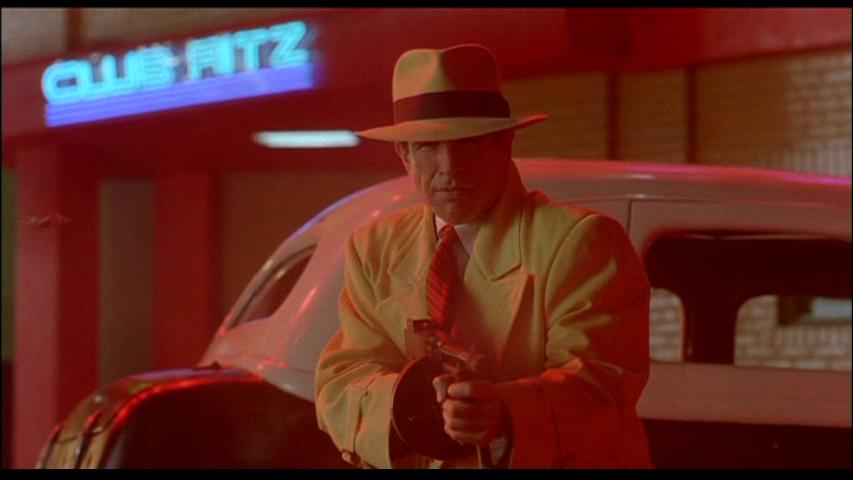
Yes, literature includes that of the ‘comic’ kind. “Dick Tracy”, in essence, embraces the campy noir feeling; it captivated pre-teens for years and even Roger Ebert claimed it held a large portion of his childhood. However, a fantastic film version was met with mixed opinions; it felt very campy, which if one were to look at accuracy, they would consider it a perfect adaptation.
Heavyweight performers Warren Beatty, Dustin Hoffman, Dick Van Dyke, Madonna, and Al Pacino (in a selection of hilarious scene-stealing moments) lend their names and best hero, villain and femme fatale performances.
Everything from its set, cinematography, performances and direction bring a distinctive larger-than-life but not too over the top feeling to “Dick Tracy” that brings out childish entertainment.
As far as adaptations go, it’s certainly one of the most loyal you can find. What’s interesting is the blatant symbolic characters, with makeup, costumes, vocality and even names of characters conveying a specific emotion and desire. It’s the childhood morality lesson that somehow slides so well into place.
It was greeted with mixed responses’ some labeled it childish and others complained it didn’t actually take a side with what it wanted to be. But I think I agree with Ebert when he says it primarily channeled that nostalgic feeling one gets when looking at that iconic yellow trench coat. It’s a reflective film and an honorable adaptation.
8. Fantastic Mr Fox (2009)
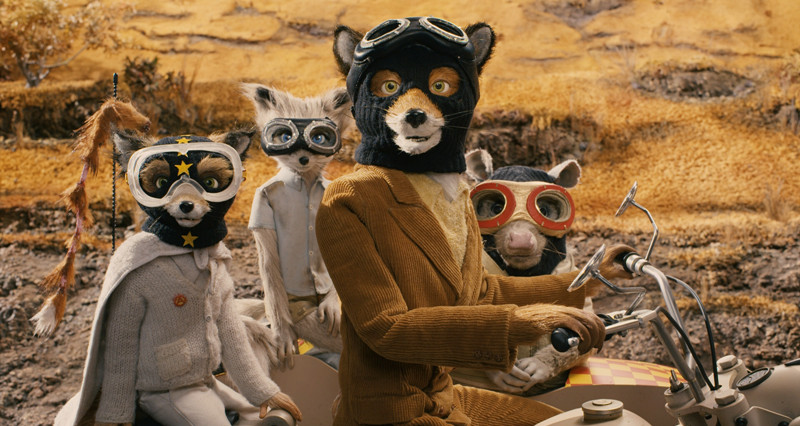
It’s fair to say Wes Anderson took a fair few liberties with Roald Dahl’s “Fantastic Mr. Fox”, a characteristically perfect match for Anderson without twisting it’s source material, but despite the drastic changes made, Anderson’s film finds itself equally brilliant as its novel version.
Both, of course, follow a housebroken fox struggling to maintain a civil life; he’s a wild beast at heart, after all. Both follow a tumultuous turn of events when said fox angers three very dangerous farmers.
What primarily is different between the two tales is how Anderson seeks not only to make the tale more Anderson-esque with colors and that strange atonal lyrical quality of dialogue he so fondly utilizes, but also to flesh out its characters in a more mature representation.
Yes, the stories vary vastly, but this isn’t necessarily because of changes to the general storyline; they still get to the same Point B from the same Point A, but it finds a way to build upon the original story and create new characters. It expands the roles of the son, the mole, the rat, and the nephew to create ironic representations of housebroken animals in a way so oddly representative of people within our societies.
Many claim that “Fantastic Mr. Fox” is a terrible adaptation of a beloved children’s story, and yes, it’s fair to say that as a functioning adaptation, this is true. But as a film on its own, or as a film within Anderson’s filmography, the liberties taken help create a spectacularly mature and insightful piece of cinema.
7. American Splendor (2003)
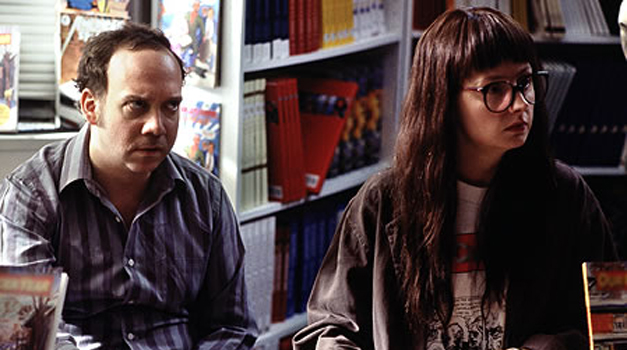
It’s not often that Paul Giamatti gets a starring role, and it’s even more bizarre that it would be the adaptation of one of the quirkiest and strangest graphic novel series in history. Harvey Pekar’s “American Splendor” simply follows Pekar through his perpetually normal life, and when it received a film adaptation starring Harvey himself, it amused everyone involved. Even further than that, it gained critical acclaim.
It’s a quirky film filled with quirky characters in a fascinatingly mundane world that’s so reflective of our own lives that we can’t help but be interested. Of course, the question then is raised, how did he do it when we can’t?
Pekar is a fascinating study, simply because of these little cynical moments of humor, slipped into the cracks of every dull moment. The film and the graphic novels are extremely underrated bodies of work that are so personal yet so “out there” that it is easily lost.
However, Giamatti is impeccable as Pekar (one feels extremely sorry for his vocal chords following it) and Hope Davis delivers as the powerful heart of the film as his wife Joyce. “American Splendor” is a film dismissed for residing in normality when others explore vastly experimental worlds, but it wouldn’t be “American Splendor” if it reflected anything less than our boring, normal lives.
6. Inherent Vice (2014)
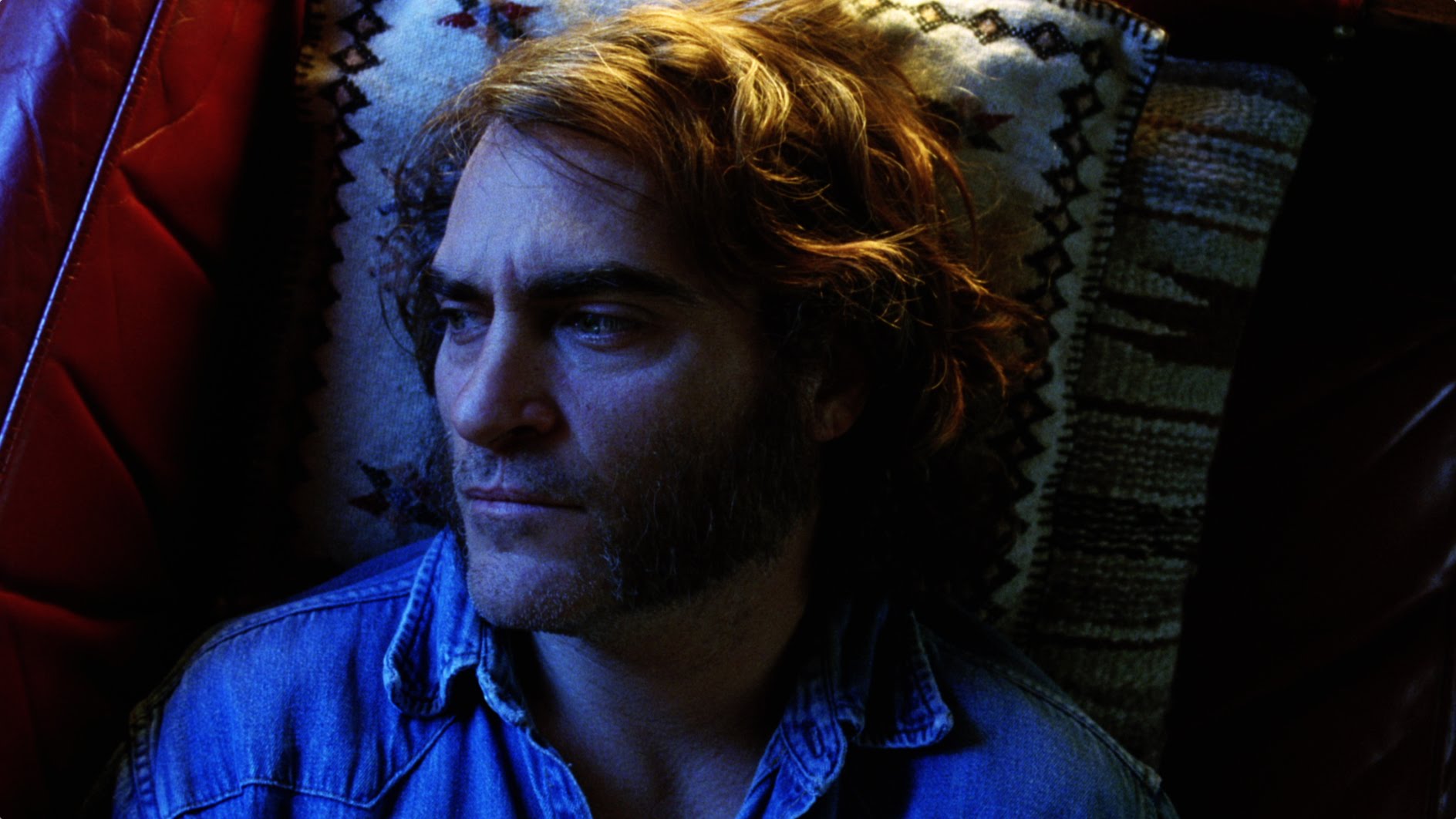
So far, the only Paul Thomas Anderson film that hasn’t been written by himself focuses on the adaptation of Thomas Pynchon’s psychedelic mystery noir novel of the same name.
Although many claim it to be a convoluted film, one simply needs to look at Anderson’s previous films of gigantic casting scope to see the pattern it fits into (“Boogie Nights” and “Magnolia” contained similarly large numbers).
This was a film throwing back to his earlier work, and a surprising break from his exploration of deeper work (“The Master” and “There Will Be Blood”, specifically).
With his newfound favorite performer Joaquin Phoenix starring (in a role originally meant for Robert Downey Jr.), he tackles another massive cast with far fewer familiar faces to his body of work, yet it still flows smoothly through the tumbling mess of a plotline that Pynchon’s novel moved through so well.
What makes it strange ties down directly to its larger-than-life, explosive yet tranquil narrative, with Doc Spatafore pushing his way through a confusing mystery for his ex, Shasta, while being pursued by Josh Brolin’s fantastic police officer ,whilst simultaneously taking a large variety of narcotics and stopping to admire the scenery.
Confusing? Yes. But it somehow ties itself together in a neat and strong resolution that allows it to stand as arguably the best Pynchon novel and one of the best in Anderson’s film catalogue.